Giving the Light of December Back to the Gambellans
The Gambela Peoples’ Region is a beautiful country that sits on the south-western edge of Ethiopia. It’s a land that’s lush, green, and wholly fertile thanks to the life-giving waters of the river Nile. It has plenty of natural resources that could enrich the people that live on it: minerals, oil, and gold. Its people are bright, beautiful, gentle, and kind. They’re farmers and cattle herders who ply their trade and sell their goods across Ethiopia, with some crops contributing greatly to Ethiopia’s growth. These Gambellans, despite being marginalized and discriminated upon, were often found happy and content.
No longer. For the Gambellans, the 13th day of December symbolizes anything but happiness. On that day in 2003, the Ethiopian National Defense Force came into Gambela Town, their capital, and massacred them over the course of three days straight, all in the name of profit.
The Ethiopian government, knowing just how rich their land was, decided to sell much of it to foreign investors seeking to supply their own population with goods and resources. These investors came from various countries: India, Saudi Arabia, and China to name a few. Indian companies in particular bought 70% of all the Ethiopian land sold, all to keep their own population fed. Saudi Arabia in the meantime dug up many wells to import Ethiopian water, leaving local farmers and fishermen with nothing but dried-up land. Chinese and Malaysian companies teamed up to find and draw crude oil from beneath Gambellan farmland. Everyone wanted what the Gambellans had, and no-one was going to stop them from taking it.
Of course, none of this was done with the consent or knowledge of the Gambellans, who had lived on that land for generations. It angered many, but only few took action. Naturally, some of them broke off to rebel and defend their ancestral homeland from those who would steal from them. But these acts were met with violent reprisals from their own government.
The first of those reprisals happened on that day in December. It marked the beginning of the Gambellans’ struggle to simply live in peace on their own land. Over 100 armed soldiers from the 43rd division of the ENDF marched unimpeded into Gambela Town, killed many men, raped many women, and burned over 400 homes to the ground. After three days of brutal genocide, 424 of the nearly 40,000 people living in the capital were dead, cut down by the cold power of corruption and greed.
And that was just the beginning of the abuses and violations they’ve endured. Over the next few years, the military marched on hundreds of villages and continued their campaign, burning a thousand homes in their wake. Many of the accounts of what happened in that time are too horrifying to repeat, but know that many cruel atrocities were committed by the military on their own people.
The land grab wasn’t just limited to the Gambela Region - huge swaths of land were taken from the people living in the Benishangul-Gumuz and Omo Valley regions as well. Half of Ethiopia’s GDP is based on agriculture, with 7 million hectares of land now owned by foreign interests who have given little, if anything, back to the people of Ethiopia.
Too many Ethiopians have been victimized by their own government, and the governments of other nations, all in the name of land, power, and riches. The Gambellans are only one group of many on that list that’s continually expanding.
Ever since that first fateful day, December has been a painful month for the Gambellans. They remember the brutality and the bloodshed that stained the fertile lands that were so violently stolen from them. Many fled to what is now South Sudan, and because South Sudan was itself roiling from conflict, fled even further to Uganda. And it was there in Nakivale, Uganda where we met some surviving Gambellan refugees, where only a few hundred remained of the few thousand that began that trek. Though their homeland was being devastated by corruption far away, they still missed it so. Despite all that’s happened to them, they were striving to pick up the pieces of their shattered lives.
You can read more about our visit, and the strength of their resolve here.
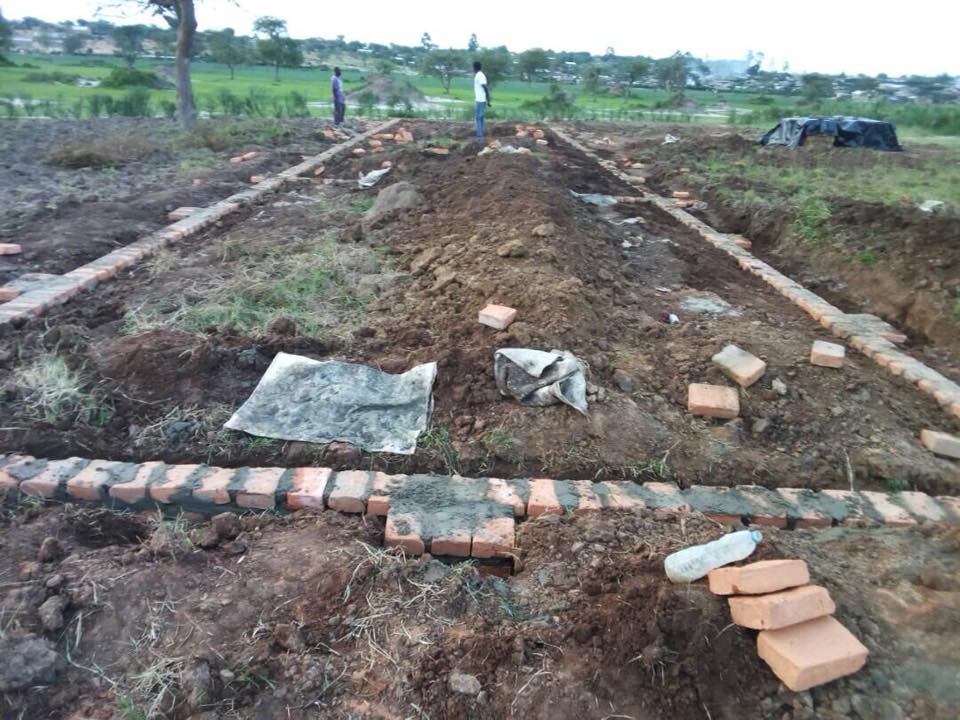

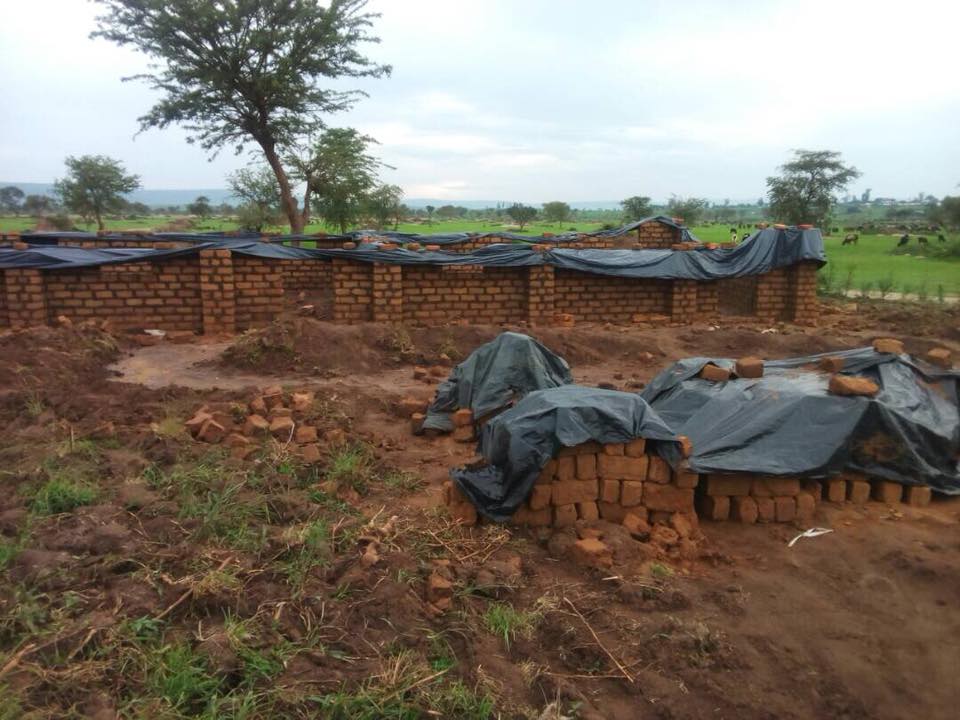
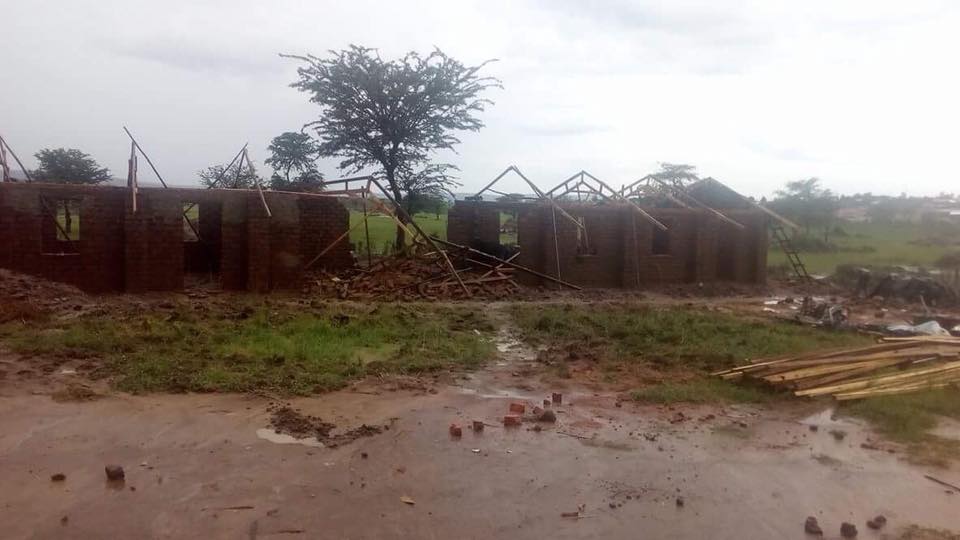
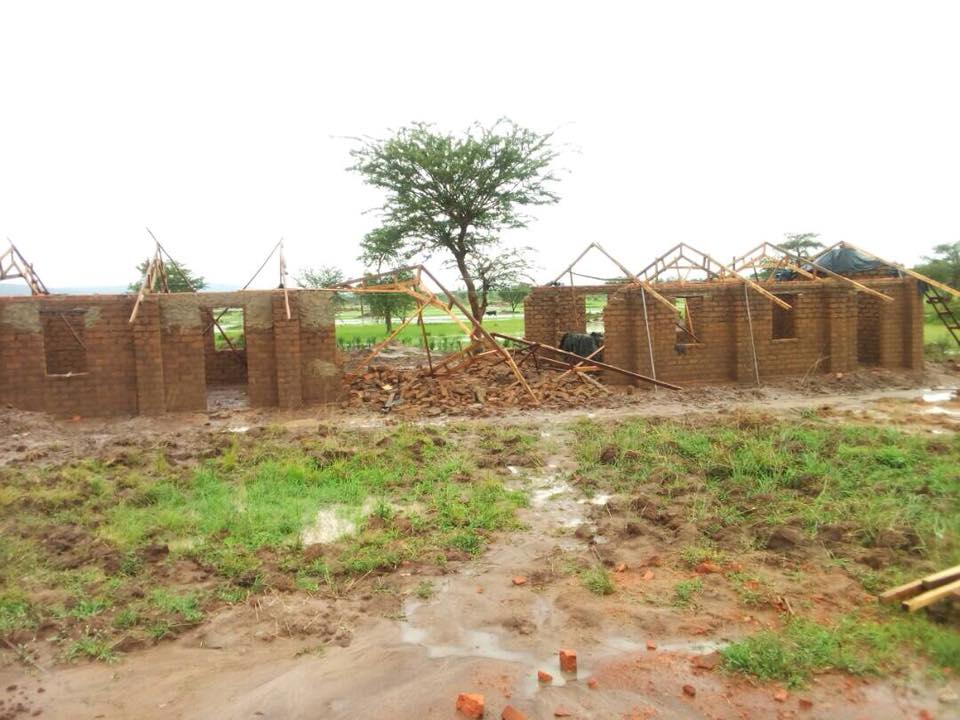
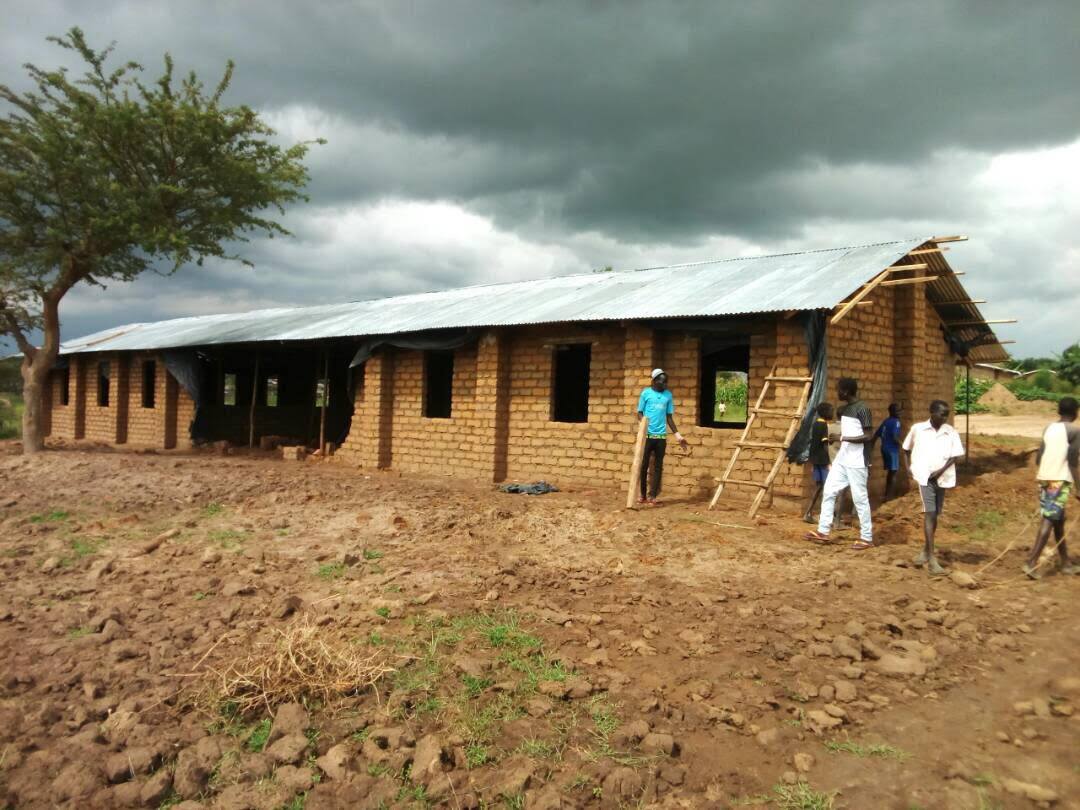
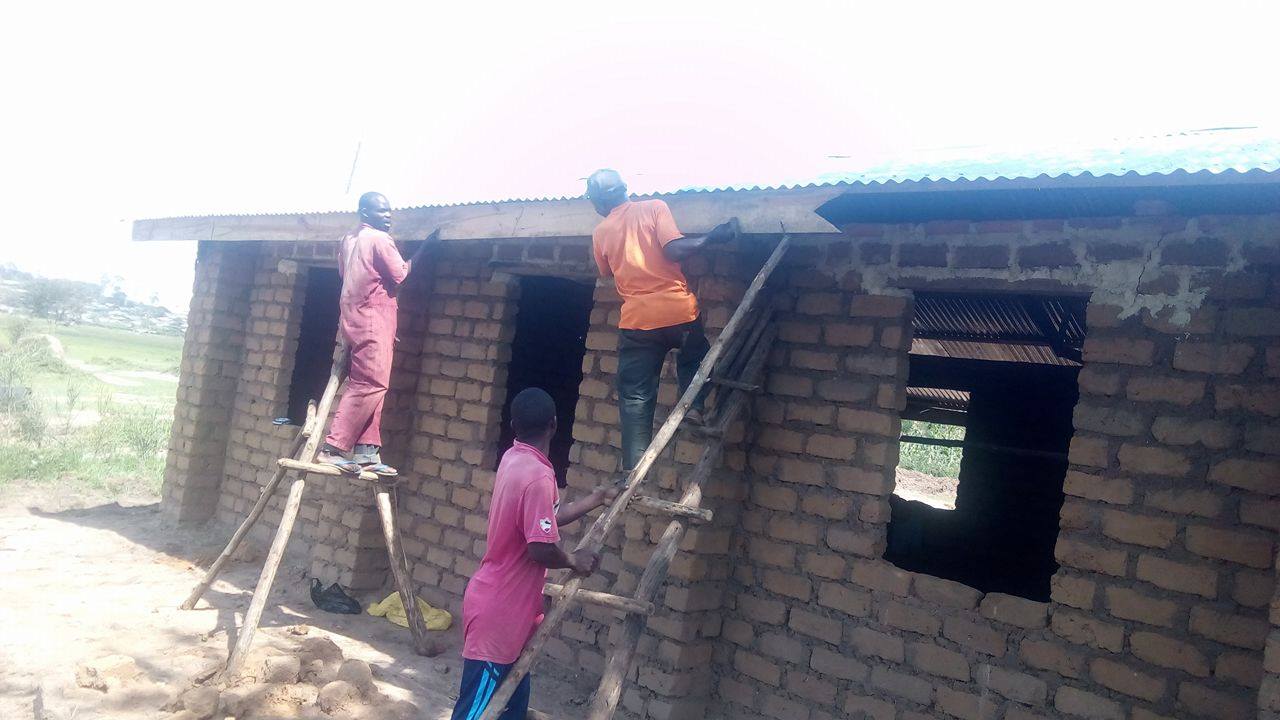
And we are close, so very close to completing the learning center they so desperately need. It’s a beacon of light for many; the promise of a better tomorrow for their children. It’s wholly amazing and humbling knowing that just a few bricks could bring such a surplus of hope.
We can't give them their former homes, nor return to them their beloved Gambella, nor their native Ethiopia. Yet we have so much to give.
Let’s give them hope and love.
Let’s give them books and pencils and the seeds for true change.
